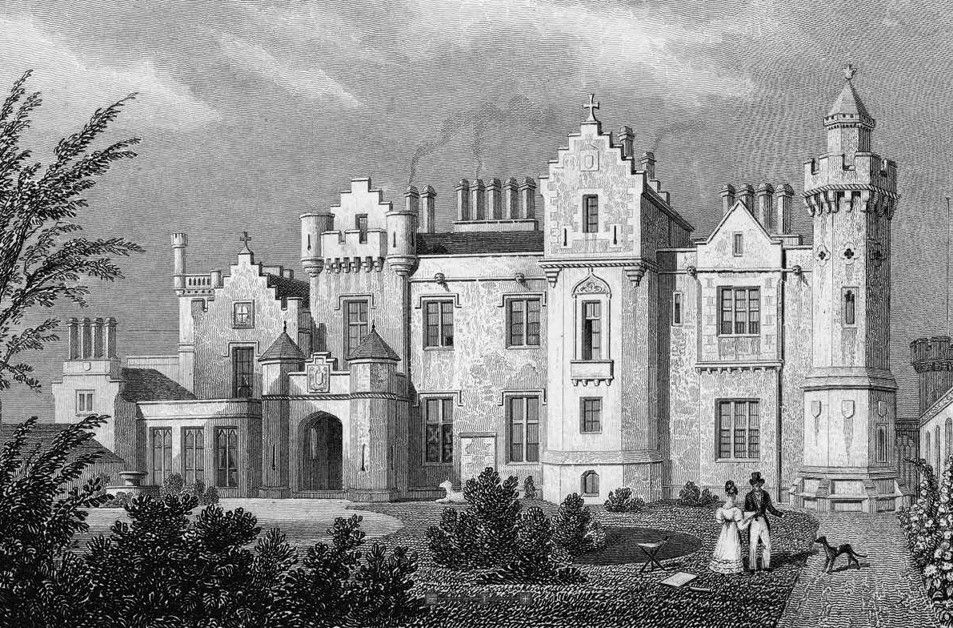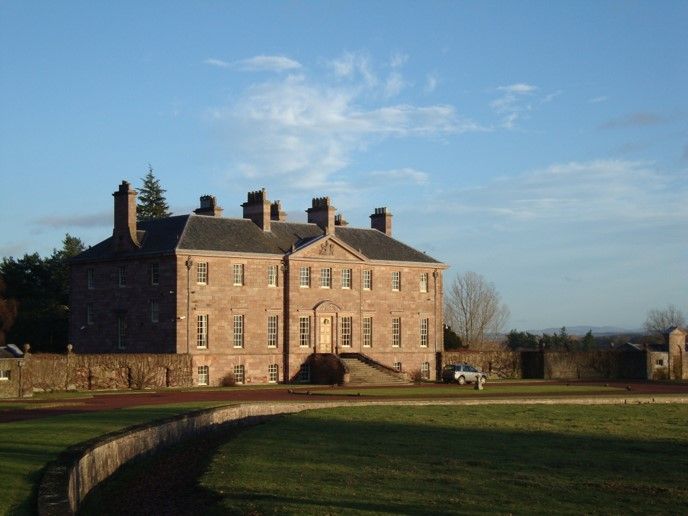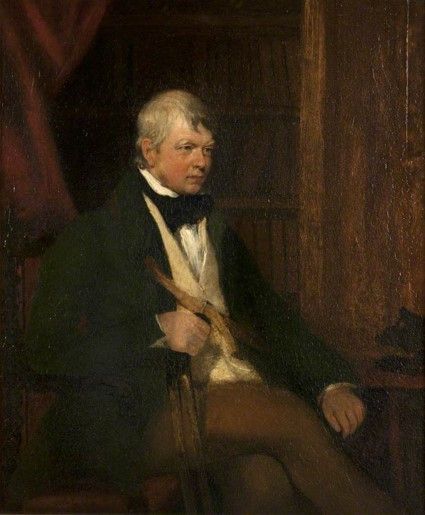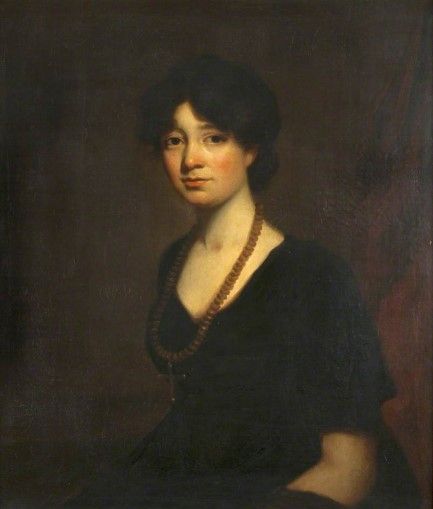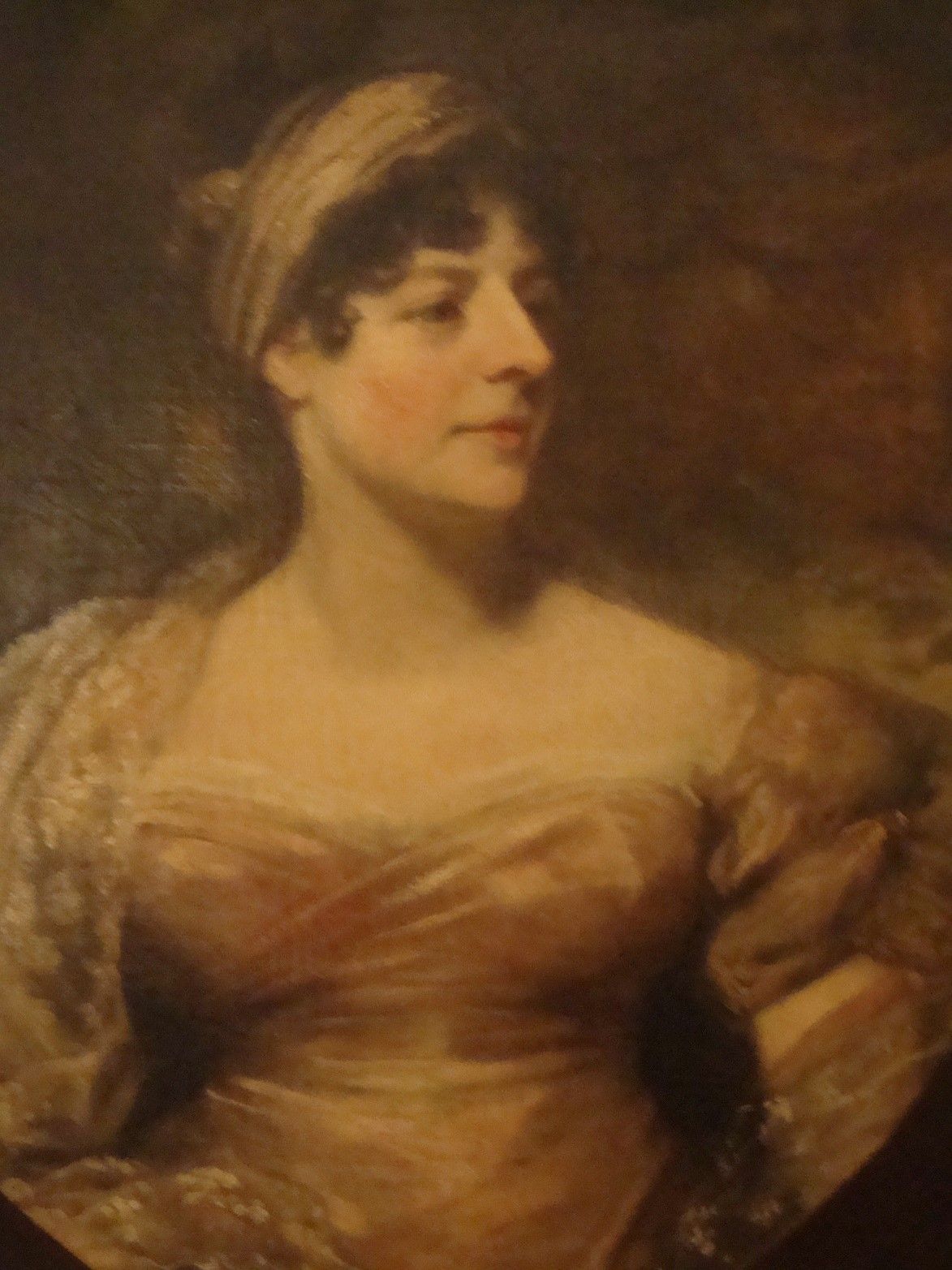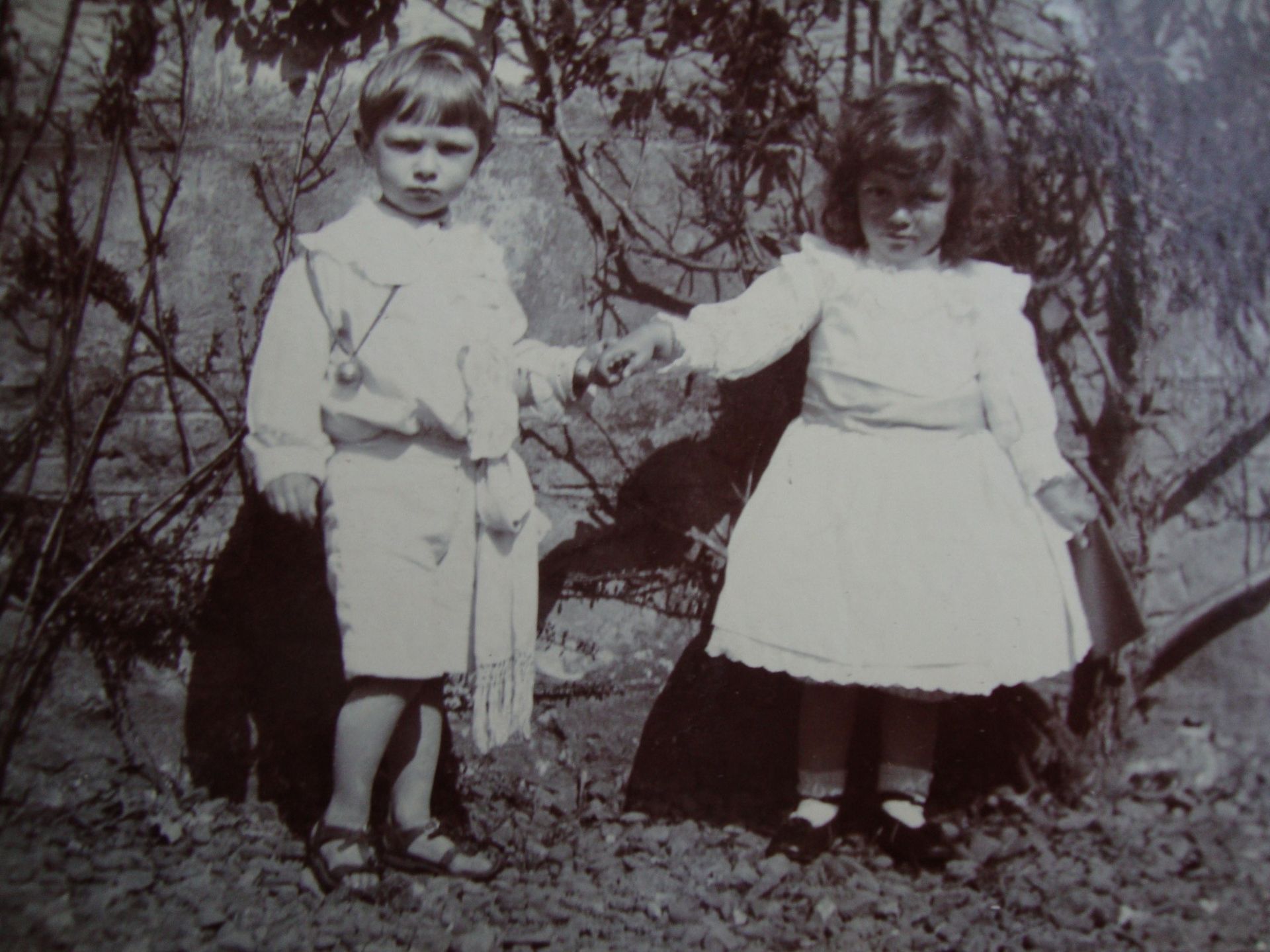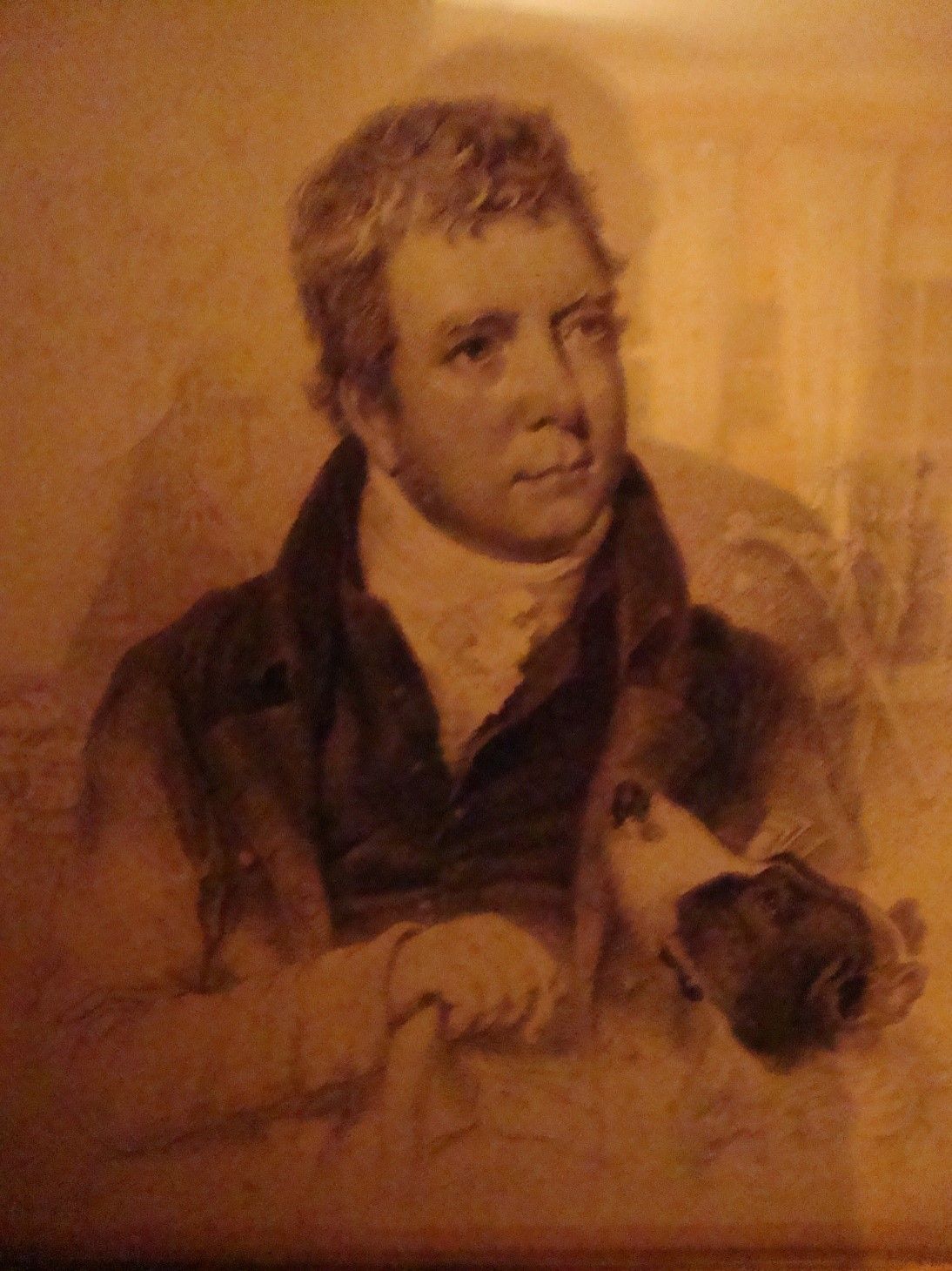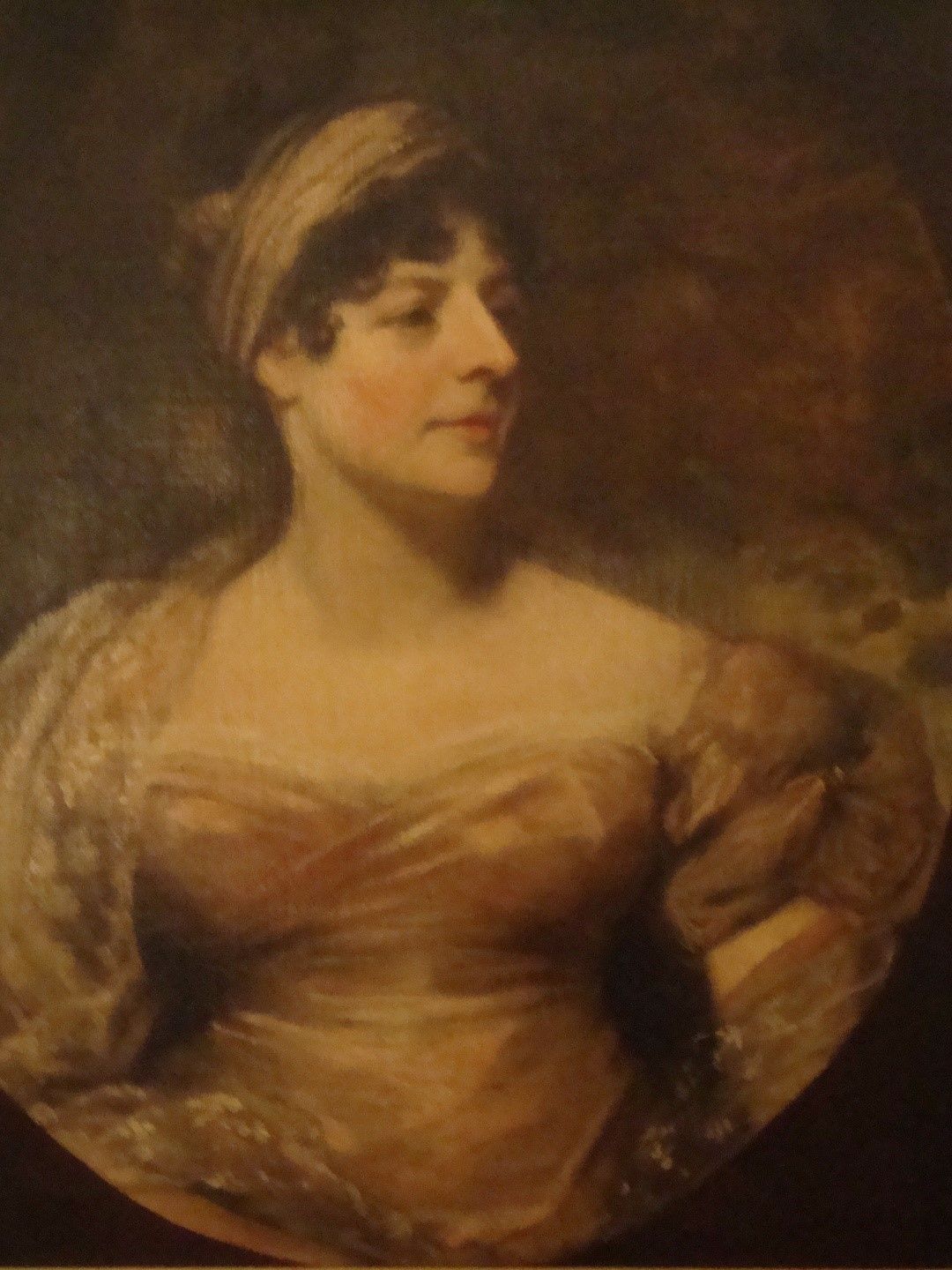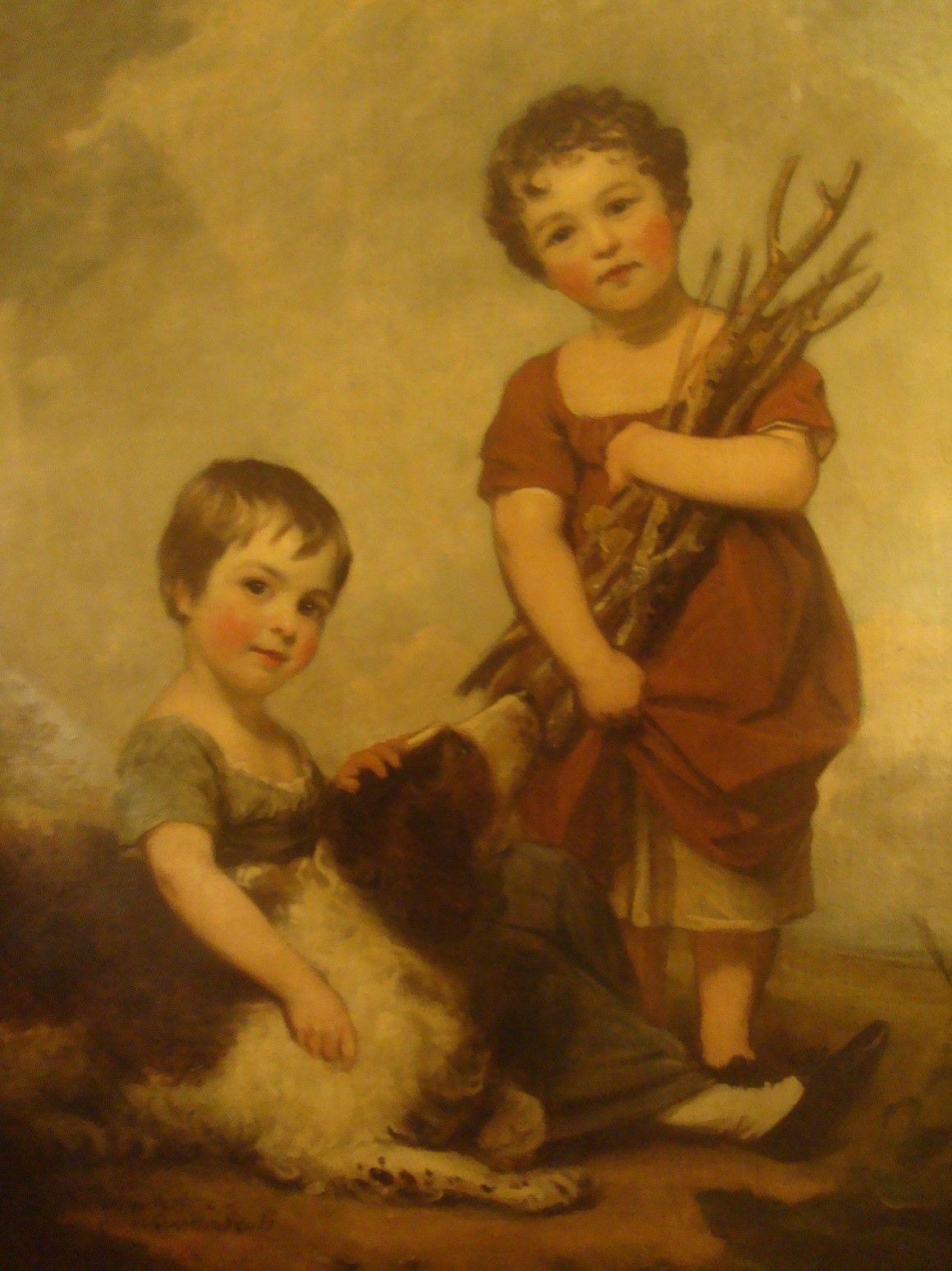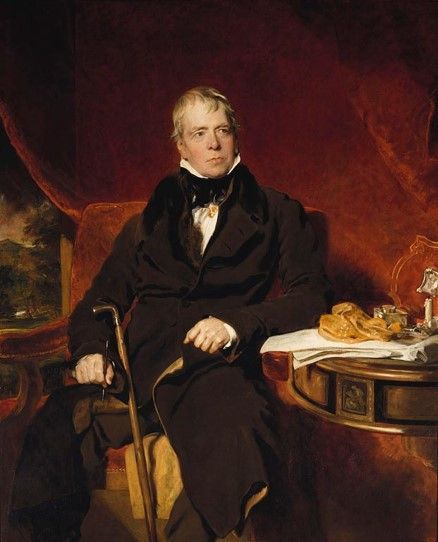A Tale of Two Homes: Abbotsford and Mertoun, and Two Families
Thursday 5th April 2018
Summary of the Talk:
This lecture presents a personal and richly detailed account of the friendship and correspondence between Sir Walter Scott (1771–1832) and his fourth cousin Hugh Scott of Harden (1758–1841), ancestor of the author, James Hepburne Scott. It blends family history with extracts from Scott’s letters, offering insights into social customs, political sentiments, and daily life in the Scottish Borders during the late 18th and early 19th centuries.
Key topics include:
- Scott’s family ties with the Scotts of Harden and regular visits to their estate at Mertoun.
- Courtship and marriage of Walter Scott and Charlotte Charpentier, with involvement from the Harden family.
- Scott's correspondence with Harriet Scott (Hugh’s wife), showcasing mutual respect and affection.
- Scott’s purchase and development of Abbotsford, partly motivated by his desire to be near his Harden cousins.
- Political commentary, including Scott’s anxiety over unrest in industrial towns and efforts to form local militias.
- A rich mix of social history, including children’s lives, holiday gatherings, otter hunts, family tragedies, and Scott’s own health struggles.
- Scott’s financial ruin following the collapse of his publisher and printer in 1826 and his determined effort to repay debts.
- His declining health and final letters before his death in 1832.
Interesting Points
- Personal Warmth
Scott’s letters to Harriet Scott are warm, witty, and respectful. He often visited Mertoun and described it as a second home. The affection between the families is touching, and his children were close to the Harden children. - Historical Value
The document contains unique primary-source material not commonly found in published works—such as references to a seal found at Flodden Field, a joug (iron collar) used for public punishment, and Scott’s view on early railway proposals. - Scott's Letter About the Baronetcy
When offered a baronetcy, Scott consults both the Duke of Buccleuch and Hugh Scott of Harden, calling them “heads of my clan.” He valued their opinion on honour above all. - Scott’s Political Conservatism
In the face of social unrest in 1819, Scott is deeply alarmed. He helps raise a local militia and speaks of arming shepherds as sharpshooters—revealing his fear of revolution and strong loyalty to the Crown. - Financial Integrity
Despite being ruined in 1826, Scott laboured with dignity to repay around £120,000. In his final letter (1832), he writes with pride that he owes "not a halfpenny." - Poignant Reflections on Widowhood
After Charlotte’s death, Scott revisits Mertoun and sleeps in a room from his youth, reflecting bitterly on the loss of his wife and the fading of his early ambitions—a moving moment of introspection. - Amusing Anecdotes
- Scott jokes that a singing governess “ought to be assassinated.”
- Maria Edgeworth's account of Mertoun is entertaining and sharp, offering a contrasting outsider view.
- His fondness for practical jokes and teasing is evident in many letters.
8. Scott as a Connector of People
He helped his son Walter with introductions and social placement, always mindful of reputation and propriety—especially through the aid of Mrs Scott of Harden.
Download the [transcript]
Download the [transcript]
Introduction by Prof. Peter Garside:
I’m especially delighted to introduce today’s speaker James Hepburne Scott, who is presently President of the Royal Scottish Forestry Society, a position which coincides fittingly with the Club’s honouring of Scott’s own lifelong interest in afforestation as part of this year’s events. He is proud to call himself a kinsman of Sir Walter Scott, his ancestor and Sir Walter being third cousins. More recently his parents were on good terms with Patricia and Dame Jean Maxwell-Scott. Through the Royal Scottish Forestry Society, he himself was an early adviser to the Abbotsford Trust on the management of the woods on the estate. His wife, Christian, also worked for two years in a voluntary capacity on the re-design and furnishing of the Hope Scott Wing at Abbotsford.
His talk today will focus on Scott’s relationship with the Scotts of Harden at Mertoun House. Much has been made by biographers of Scott’s feelings of clan loyalty to the Scotts of Buccleuch, but if anything he had a closer and more intimate sense of kinship with the family branch of Harden. He took especial delight in his lineal descent from Walter Scott, 3rd Laird of Harden (‘Auld Wat’), married to the legendary ‘Flower of Yarrow’, and renowned for his border exploits as recounted to Scott by his grandmother. Scott’s grandfather held the lease of Sandyknowe, and of course Smailholm Tower with it, from ‘his Chief and relative’ (Scott’s words) the then laird. And he was on intimate terns throughout his adult life with current laird, Hugh Scott and his Saxon wife Harriet Bruhl, daughter of a famous chess-player, and herself a supplier of German books to Scott at the onset of his literary career. In researching materials for a forthcoming edition of Scott’s Shorter Verse, we were able to locate two original Scott poems in the Scott of Harden papers now lodged in the Register House, the first swearing loyalty the Scott of Hardens’ first-born son Charles Walter who sadly died in 1806, another providing at Harriet’s request an epitaph for another son, George who died prematurely in 1830 while rector of a parish in Devonshire. An earlier Journal entry by Scott in 1827 gives a sense of how joyous the relationship between the two families, enhanced by Scott’s move to Abbotsford in 1812, could be in more favourable circumstances: ‘We arrived at Mertoun yesterday and heard with some surprize that George had gone up in an Air balloon and ascended two miles and a half above this sublunary earth. … Honest George, I certainly did not suspect him of being so flighty’. I’m sure I’m not alone in being eager to hear more of such happenings from someone so closely connected with the Hardens of Mertoun.


